Mystery Solved
-
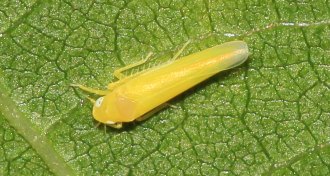 Animals
AnimalsLeafhoppers use tiny light-absorbing balls to conceal their eggs
Leafhoppers produce microscopic balls that absorb light rather than reflect it and help camouflage the insects’ eggs.
-
 Astronomy
AstronomyHow a meteor shower helped solve the case of the vanishing comet
A missing comet has been linked to a long-lost meteor shower, helping astronomers recover both.
-
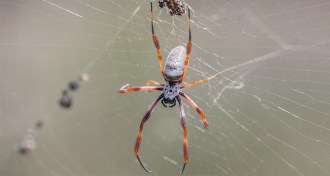 Animals
AnimalsHow spiders mastered spin control
Scientists reveal a new twist on the unusual properties of spider silk.
-
 Planetary Science
Planetary ScienceWhy you can hear and see meteors at the same time
People can see and hear meteors simultaneously because of radio waves produced by the descending space rocks.
-
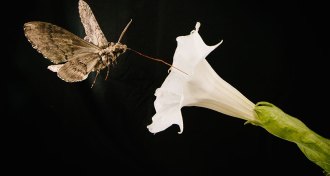 Ecosystems
EcosystemsHawk moths convert nectar into antioxidants
Hawk moths use their sugary diet to make antioxidants that protect their muscles.
-
 Physics
PhysicsA slowdown at the sun’s surface explained
Light escaping from the sun could slow the spinning of its surface layers.
-
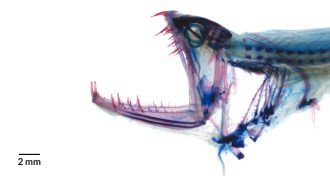 Animals
AnimalsDragonfish opens wide with flex neck joint
New study reveals anatomical secrets of mysterious deep ocean fish.
-
 Life
LifeBlue leaves help begonias harvest energy in low light
The iridescent color of some begonias comes from tiny structures that also help the plant convert dim light into energy.
-
 Materials Science
Materials ScienceShark jelly is strong proton conductor
A jelly found in sharks and skates, which helps them sense electric fields, is a strong proton conductor.
-
 Planetary Science
Planetary ScienceLong-lost ‘extinct’ meteorite found
A newly discovered meteorite, nicknamed Öst 65, may have originated from the same collision that formed L chondrites, one of the most abundant groups of meteorites on Earth.
-
 Life
LifeBacteria use cool trick to make ice
By reordering nearby water molecules, Pseudomonas syringae bacteria can make ice.
-
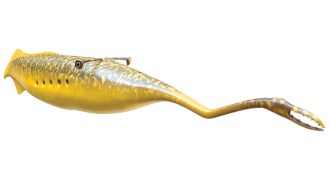 Paleontology
PaleontologyTrue nature of ‘Tully monster’ revealed
The identity of a 300-million-year-old enigmatic creature known as the “Tully monster” is a mystery no longer.
By Meghan Rosen